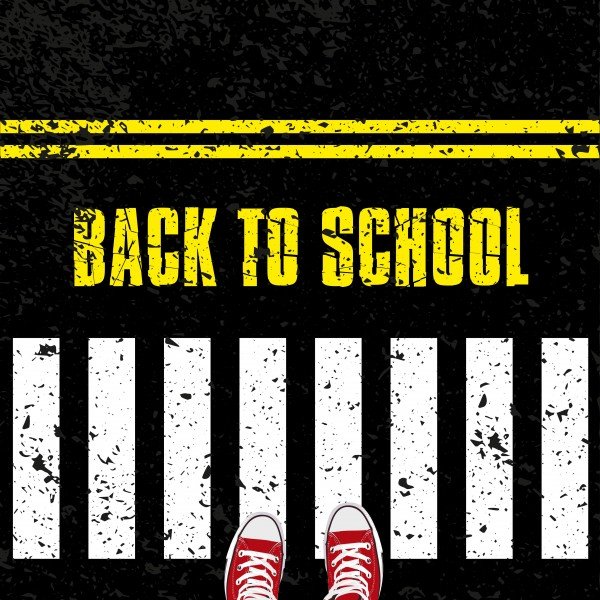By USAG Stuttgart Safety Office
It’s hard to believe that summer is almost over and the time to send the kids back to school is once again upon us. Back to school time means it’s also time to think about safety. Here are a few safety tips to help keep you and your children safe all school year long.
Playgrounds
Each year, more than 200,000 kids are treated in U.S. hospital emergency rooms for playground-associated injuries. Most of these injuries occur when a child falls from the equipment. Take a look at the surfaces of your local playground. There should be a 12-inch depth of wood chips, mulch, sand, or pea gravel. Mats made of safety-tested rubber or fiber material also make great padding to help prevent injuries.
Backpacks
Textbooks, notebooks, lunch, toys… how much weight is your child toting back and forth each day? Take the load off your child by following these backpack safety tips.
- Pack light. Choose a backpack with wide, padded shoulder straps and a padded back. Organize the backpack to use all of its compartments. Pack heavier items closest to the center of the back. The backpack should never weigh more than 10 to 20 percent of your child’s body weight.
- Always use both shoulder straps. Slinging a backpack over one shoulder can strain muscles.
Traveling To and From School
Use this list to make sure your kids arrive and return from school safe and sound.
School Bus: If your child’s school bus has lap/shoulder seat belts, make sure your child uses one at all times when in the bus. If your child’s school bus does not have lap/shoulder belts, encourage the school to buy or lease buses with lap/shoulder belts. Make sure your kids wait for the bus to stop before approaching it from the curb and make sure to always remain in clear view of the bus driver.
Car: All passengers should wear a seat belt and/or an age- and size-appropriate car safety seat or booster seat. Children under 13 years of age should ride in the rear seat of vehicles. If you must drive more children than can fit in the rear seat (when carpooling, for example), move the front-seat passenger’s seat as far back as possible and have the child ride in a booster seat if the seat belts do not fit properly without it.
Biking: Always wear a bicycle helmet, no matter how short or long the ride. Ride on the right, in the same direction as auto traffic. Wear bright color clothing to increase visibility. Wear reflective materials when riding during limited visibility. Know the “rules of the road.” That includes no talking or texting on the phone while you are riding.
Walking: Make sure your child’s walk to a school is a safe route with well-trained adult crossing guards at every intersection. Be realistic about your child’s pedestrian skills. Because small children are impulsive and less cautious around traffic, carefully consider whether or not your child is ready to walk to school without adult supervision. Bright colored clothing will also make your child more visible to drivers.
Being aware of the hazards your kids may face and taking a few safety precautions, you’ll be able to help keep your child safe.

